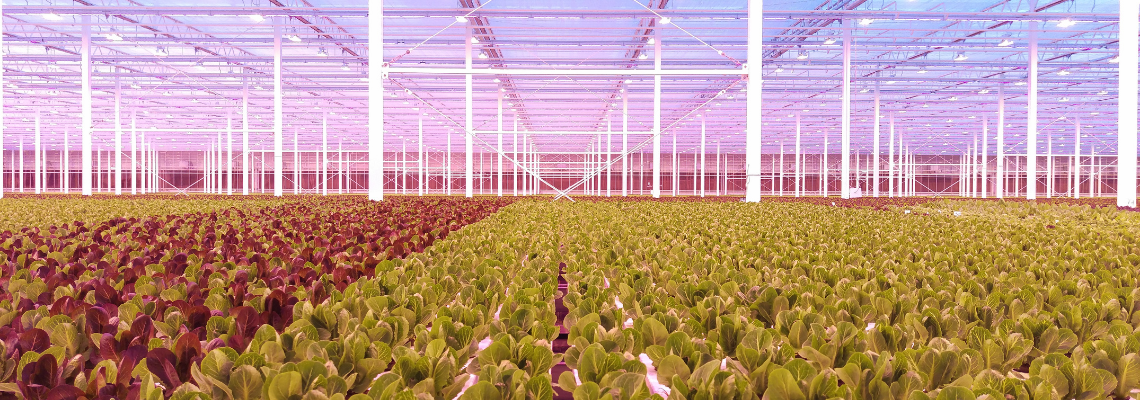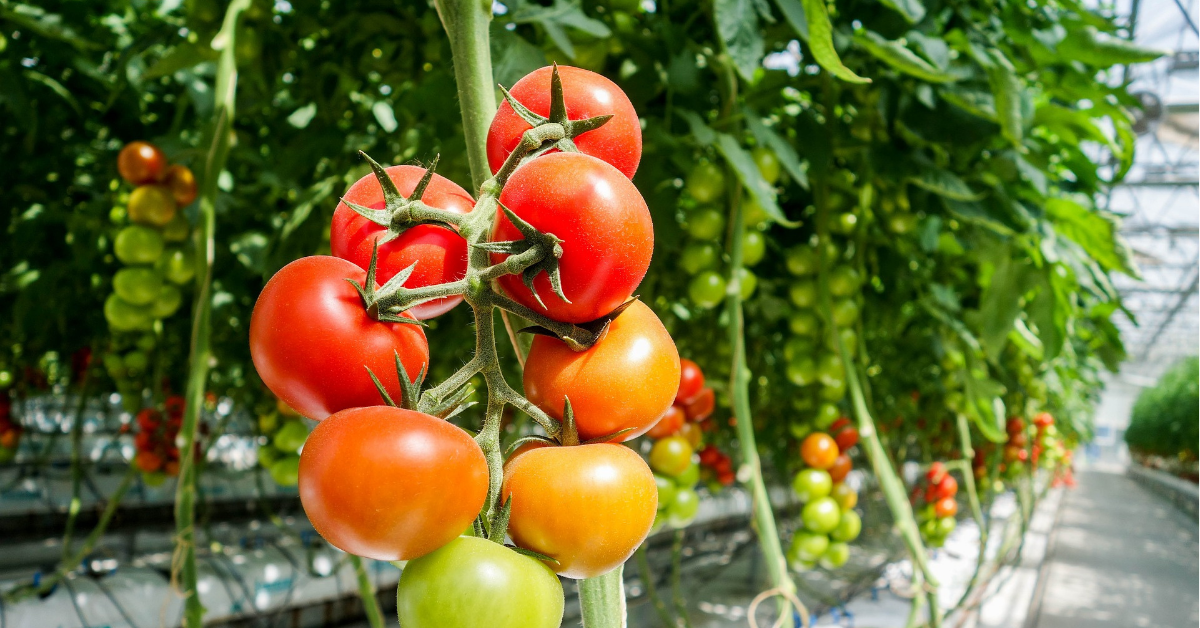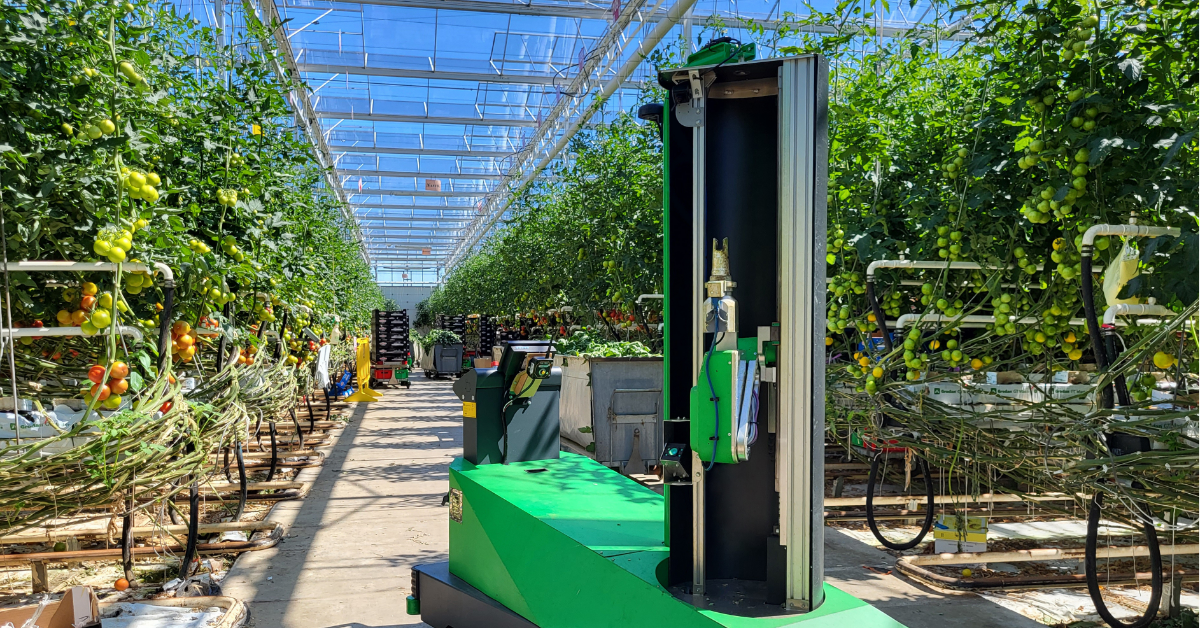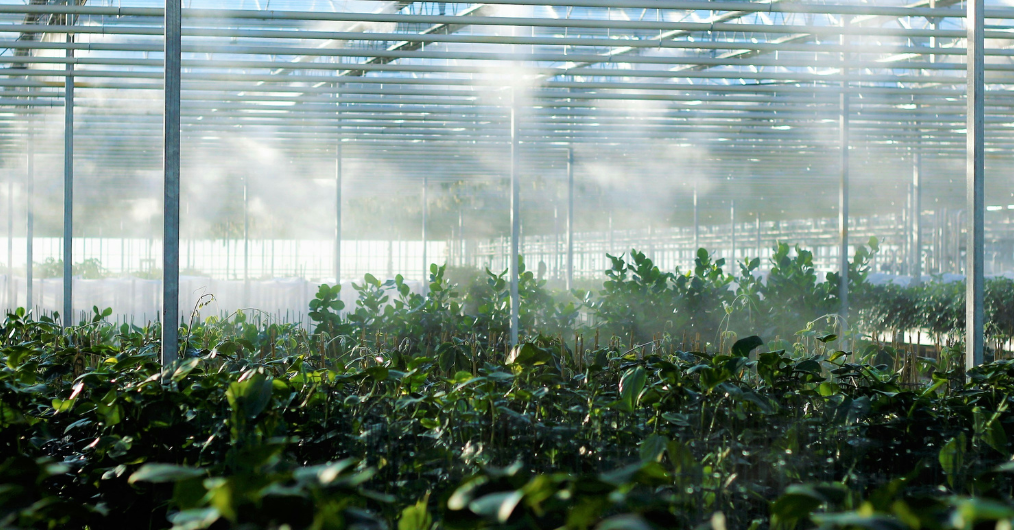Massive market shift for leafy greens and soft fruit over the next decade
The world is increasingly realizing that we need to preserve our planet and that it requires a more sustainable approach on agriculture. The demand for locally grown and healthy food continues to grow in the U.S. as well. This is part of the reason that Van der Hoeven Horticultural Projects opened an office in the U.S. at the end of last year.
The production of greenhouse-grown fruits and vegetables in the U.S. has been around for decades. But for some reason, it has never grown to be on a level like some other parts of the world. Open field production in California is still overshadowing the modern day sustainable approach. And in all fairness, it is difficult to blame the industry. The climate in the U.S. can be very generous and has always reduced the need for high-tech production facilities, if you compare it to places like Northern-Europe and the Middle-East.
But the world is changing. There’s a shortage of water in California, energy prices are increasing, and the carbon footprint of the open field grown produce becomes more and more difficult to justify. Leafy greens are sitting on a truck for days before they reach the consumer on the East Coast, and the quality of the produce, when it arrives in the supermarket, is often no longer matching the requirements of the people. If the produce can be grown locally with less than half of the resources and without the use of pesticides, it is reasonable to assume that this will become the standard of the future.
With funding being easier to find these days, the shift to greenhouse-grown produce is accelerating. Investments are no longer coming from the pocket of the grower. Largescale funds and private equity firms see the opportunity and want to enter the market. Without the knowledge and experience to operate greenhouses, however, it is still often considered to be a risky investment. Building a state-of-the-art greenhouse is great, but will only get you halfway to a profitable business. And that’s if that greenhouse is actually fit for the climate it’s in. We still come across too many projects and customers that want to rush to gain a certain market position, without doing the right research up front. And what if the cooling capacity is not sufficient? What if there’s cheaper energy available on a site that’s thirty minutes away? What if labour is difficult to get at remote greenhouse location? What if we could reduce the use of substrate with 50%, using a more advanced growing system? Those decisions determine whether you will still have that market position in five years from now.
The growing process of leafy greens can be highly automated. And with these crops still mainly growing outdoors, it appears to be the most popular crop to move indoors. It’s the perfect combination of there being market potential, as well as a low risk investment. Operating a 10-acre facility with only two people inside the greenhouse seems almost too good to be true, but it’s possible.
So, leafy greens are often the obvious way forward to investors for now. But once that market has been saturated, this is likely to shift. Soft fruit like strawberries are going to be next. At Van der Hoeven, we have been doing intensive trials on how to optimize strawberry production, and the results are promising.
The market for leafy greens and soft fruit will change massively over the next decade, and at Van der Hoeven, we are very excited to be a part of the future and to provide a sustainable taste everywhere.
The header image contains a project of Van der Hoeven in North-America.
Share your horticulture technology stories with us
Do you have an innovation, research results or an other interesting topic you would like to share with the international horticulture technology industry? The GreenTech website and social media channels are a great platform to showcase your stories!
Please contact our Brand Marketing Manager Murkje Koopmans.
Are you an GreenTech exhibitor?
Make sure you add your latest press releases to your Company Profile in the Exhibitor Portal for free exposure.
Have exclusive horticulture technology news delivered to your inbox
The GreenTech monthly newsletter brings you the latest exclusive horticulture technology news and updates about our global horticulture technology trade shows and events.
Join over 32,000 of your peers and receive:
☑ Exclusive commentary from industry leaders
☑ The latest news from the GreenTech team
☑ Stay up to date with all the latest news about our events





